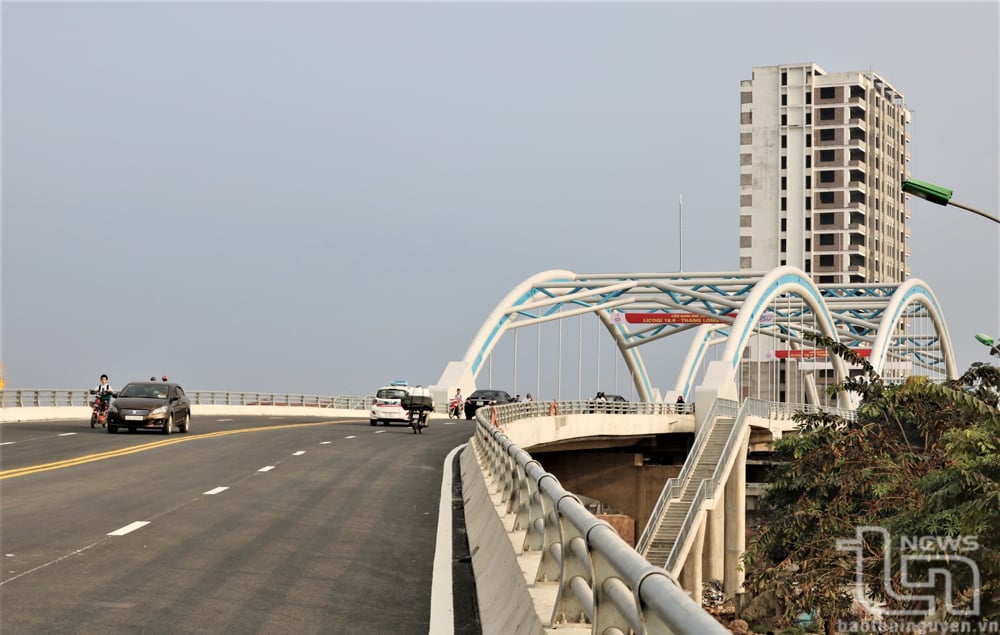 |
| Along the Cau River, from Don Phong to Xuan Phuong, there are now nearly 20 bridges spanning the river. In the photo: Ben Tuong Bridge. |
Phia Boóc Peak, where small streams gather into streams, creating a source of water to start the Cau River. I imagined it like that when standing in Phuong Vien field, in Cho Don area. Under the vegetation, each stream of clear, sweet water has been gurgling for millions of years, contributing to the majesty of the river.
I once dreamed that one day I would cruise along the river from the upstream of Phuong Vien to the Thai Binh estuary - a distant dream. Mr. Tran Van Minh, 84 years old, from Dong Bam, told me so. Then he continued with pride: In the 1970s of the last century, I worked as a worker at a Forestry Farm in Bac Thai province, specializing in building rafts, binding rafts and driving rafts of bamboo, reed, and wood from the forest edges upstream to the downstream. I knew by heart every water level in the river sections from Bac Kan to the end of Thai Nguyen. I did not go further, because if I closed my eyes and was careless, the rafts would drift to the Kinh Bac Quan Ho river area.
“The Cau River is a strip” is the catchphrase of strong young men like Mr. Minh who used to work as raft drivers for the forestry industry. Yesterday’s story is in the past. Memories of the old raft trips are carried away by the water. But the origin of the Cau River at Phia Boóc peak still gathers fragile drops of water. Starting from Phuong Vien, the Cau River takes shape. Without choosing where to flow, regardless of the rocky slopes and difficult terrain, the Cau River quietly flows downstream according to the natural law.
Leaving the forest, the Cau River continuously receives the support of the Na Cang, Khuoi Toc, Khuoi Luoi, Khuoi Cun streams... and brings a natural vitality to the lands of Bac Kan and Thai Nguyen, creating prosperity, warmth, and sufficiency for the villages.
Along the river, the natural landscape is like a painting that changes with the seasons. In that painting, there are people wearing indigo colors busy with their farming work. Every late afternoon, after tiring work hours, everyone rushes to the river bank to bathe, wash clothes, and wash away all the worries of the day.
It is July. But July of 2025 is a completely different time. The two lands of Thai Nguyen and Bac Kan are combined under the common name of Thai Nguyen province. With the Cau River, the separation or merger of the province is only a division, a geographical administrative limit. It does not matter because all rivers on earth flow to the sea. The Cau River is the same, in the dry season it quietly offers itself. In the rainy season it is bustling, rolling and showing off its strength like millions of farmers carrying alluvium to build up the fields to grow rice and potatoes.
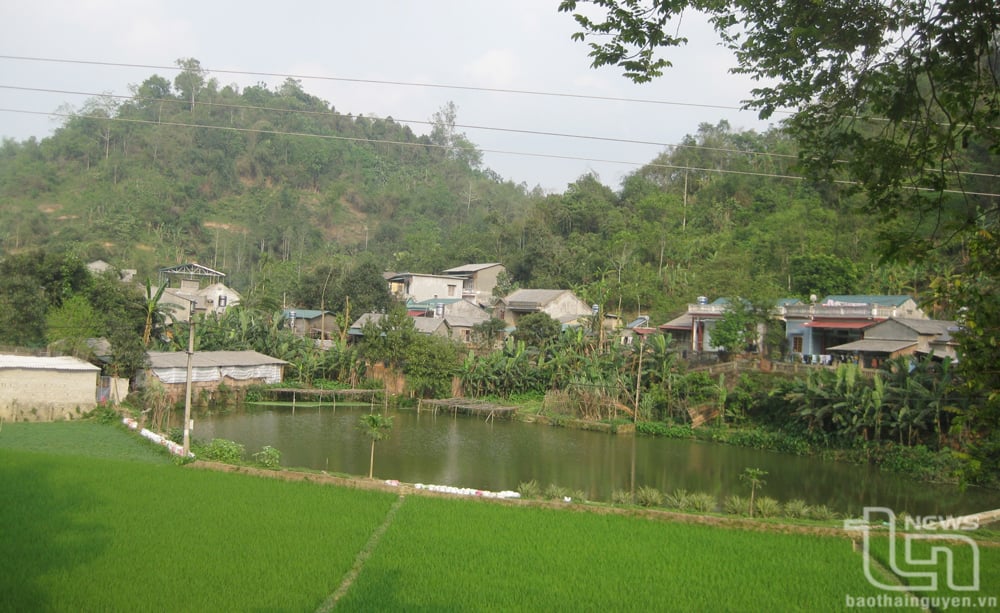 |
| A corner of the countryside at the headwaters of the Cau River. |
Looking at the river red with alluvium, a tall, strong old man told me in a gentle voice: I don't know when the Cau River was created, but since we were young, we bathed in the river, caught fish, and when we grew up, on spring days, boys and girls sang love songs and became husband and wife. There have been many rainy and flood seasons, the river water has surged, and when it returns to itself, it never forgets to give back to the banks grains of alluvium. Thanks to the river, the fields and villages are lush.
In the era of industry 4.0, a new day opens and the previous day has closed into the past. But the Cau River has not changed, still murmuring stories of the past, along the riverbank there are many docks for ferries and boats to dock. Now the old ferry docks have been replaced by sturdy concrete bridges stretching across the river, connecting the two banks closer.
I have heard many times about this river flowing between the mountains and forests of Viet Bac. Before forming Luc Dau Giang, following the water flow from Thai Nguyen to Bac Kan, reaching the upper source of Phia Booc, where the river begins its journey of millions of years. That is also the most rugged section of Cau River. With countless large and small rocks, many sections of rocks gathered into sandbanks like a herd of giant buffaloes sinking into the river.
Again, Mr. Minh's story: When encountering that section of the river, we rafters had to spread our legs like people standing in a stance, stretch our legs to look and calculate, reflexively support with the pole in our hands, the head and tail of the raft coordinated well and precisely, a little carelessness could cause the raft to fall apart and fail. Especially in the section of the river passing through Cho Moi area, the water flow was compressed by two mountain ranges on the banks, creating a large slope. The water flowed rapidly because the river bed was "resentful" because of the boulders and slates hidden under the riverbed.
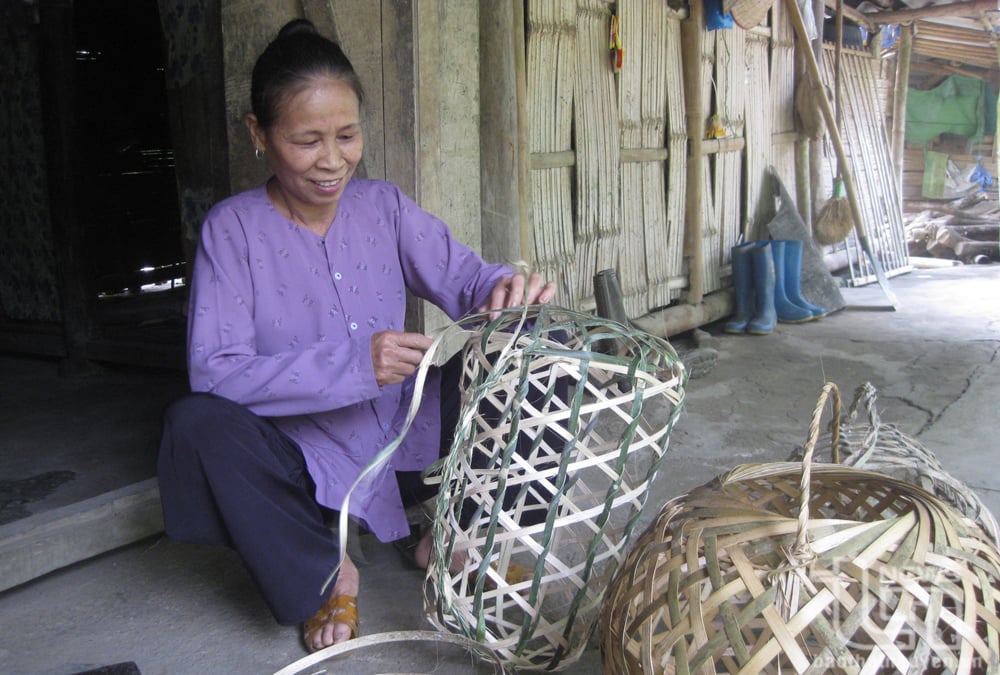 |
| During the leisurely season, many farmers in the upper Cau River region do extra work in weaving to improve their lives. |
Back to the floating boat I dreamed of. The boat drifted with the years on the Cau River. At that time, I also realized an interesting thing: The Cau River passing through Bac Kan and Thai Nguyen regions, although it was clearly divided by geographical and administrative boundaries, the boundary was taken between Cho Moi (Bac Kan) and Van Lang (Thai Nguyen), but that meant nothing to a river.
Quietly flowing, quietly carrying away and remaining are the villages sharing the same Then verses, Sli verses and the Khen tunes, absorbed in traditional festivals. The Cau River runs through Thai Nguyen, anchoring the unique cultural features of the Viet Bac mountains and forests. Entering Bac Giang, the Cau River still flows but carries the smooth Quan Ho tunes, unrelated to the beautiful cultural features of the Viet Bac region.
Only people in the two regions of Bac Kan and Thai Nguyen hope that one day, especially after the river is no longer marked by administrative boundaries that form an invisible cross-section across the river, there will be ferries taking passengers downstream from the upstream of Phuong Vien to the Thuan Thanh bank. Then from Thuan Thanh, go upstream through each section of the river, admiring the prosperous countryside and the streets reflected in the river's mirror.
I will take a boat trip like that. Sitting and enjoying tea, nibbling on peanut candy made from tea and tea. Leisurely and leisurely watching the scenery on the riverbank, listening to the mountain girl playing the Tinh zither, the Then zither, or singing a Sli song on the river surface, my heart swaying with the intoxication of heaven and earth, making waves of joy on a stretch of the Cau River.
Source: https://baothainguyen.vn/van-hoa/202507/song-cau-mot-dai-e0304ce/






![[Photo] Cat Ba - Green island paradise](/_next/image?url=https%3A%2F%2Fvphoto.vietnam.vn%2Fthumb%2F1200x675%2Fvietnam%2Fresource%2FIMAGE%2F2025%2F12%2F04%2F1764821844074_ndo_br_1-dcbthienduongxanh638-jpg.webp&w=3840&q=75)

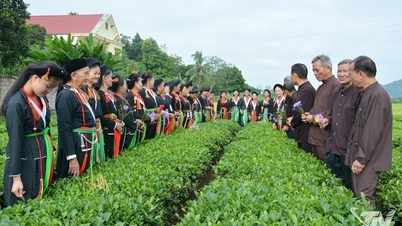
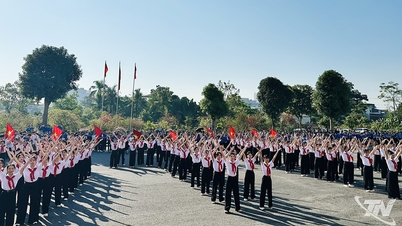
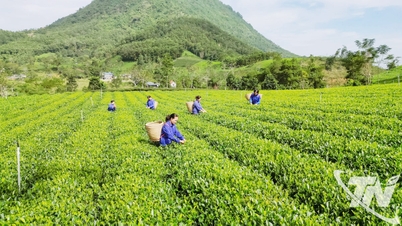
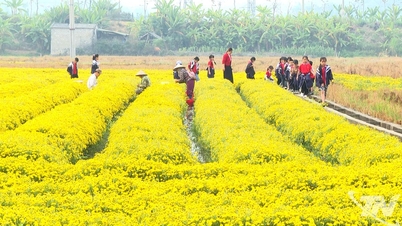
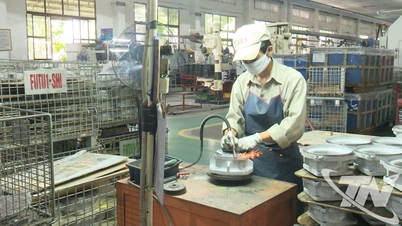
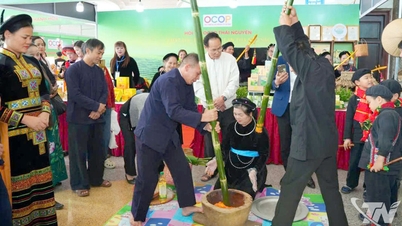
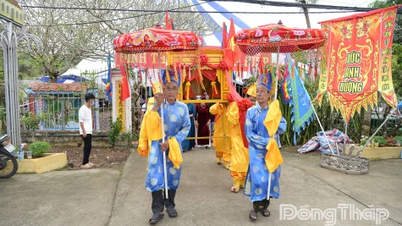

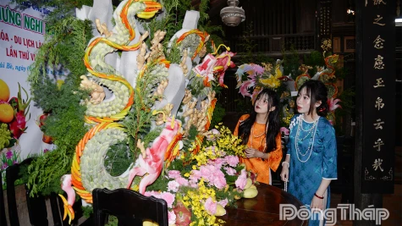
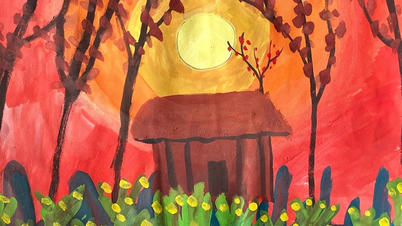










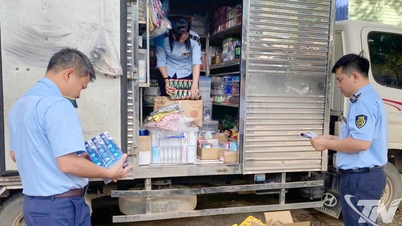
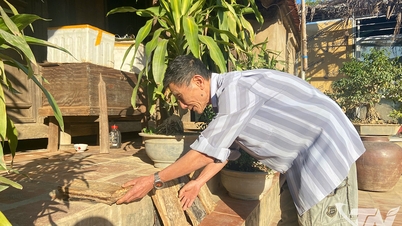
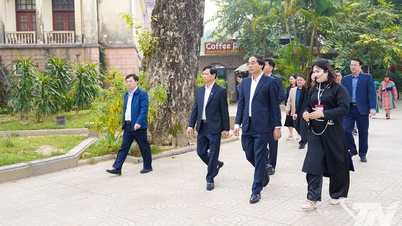

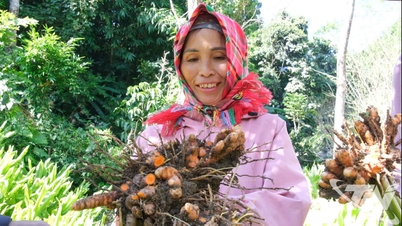




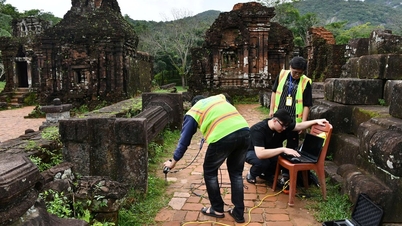

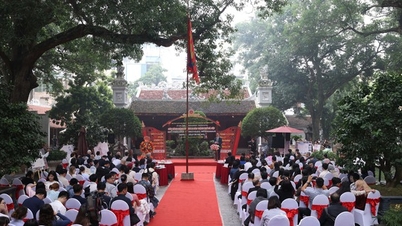















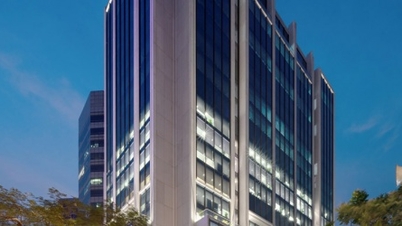

![[VIMC 40 days of lightning speed] Hai Phong Port determined to break through, reaching the target of 2 million TEUs by 2025](https://vphoto.vietnam.vn/thumb/402x226/vietnam/resource/IMAGE/2025/12/04/1764816441820_chp_4-12-25.jpeg)



















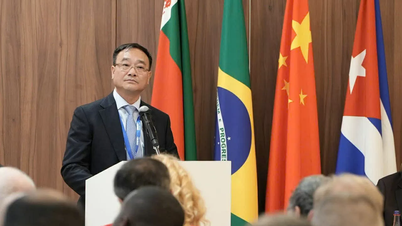





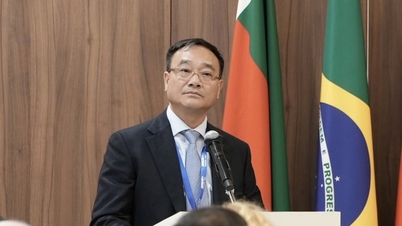



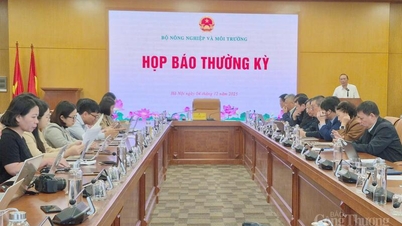





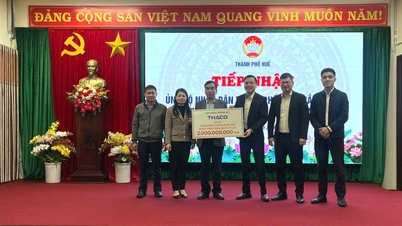
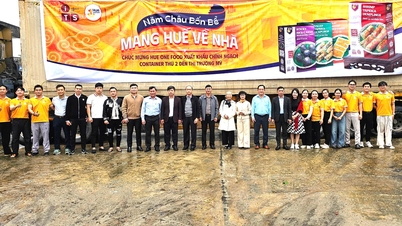
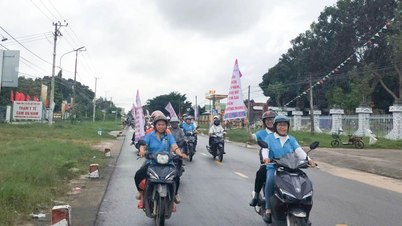


















Comment (0)